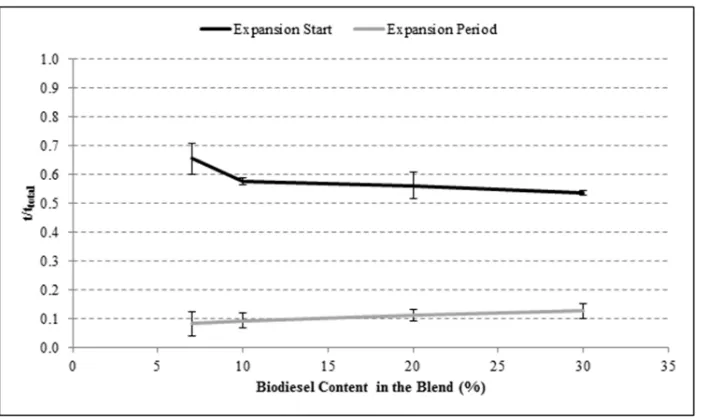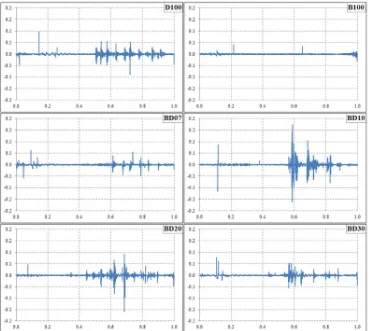This is a repository copy of Droplet Combustion Characteristics of Biodiesel–Diesel Blends
using High Speed Backlit and Schlieren Imaging.
White Rose Research Online URL for this paper:
http://eprints.whiterose.ac.uk/130318/
Version: Accepted Version
Article:
Faik, A.M.E.D., Zhang, Y. orcid.org/0000-0002-9736-5043 and Hanriot, S.D.M. (2018)
Droplet Combustion Characteristics of Biodiesel–Diesel Blends using High Speed Backlit
and Schlieren Imaging. Heat Transfer Engineering. pp. 1-14. ISSN 0145-7632
https://doi.org/10.1080/01457632.2018.1457209
Reuse
Items deposited in White Rose Research Online are protected by copyright, with all rights reserved unless
indicated otherwise. They may be downloaded and/or printed for private study, or other acts as permitted by
national copyright laws. The publisher or other rights holders may allow further reproduction and re-use of
the full text version. This is indicated by the licence information on the White Rose Research Online record
for the item.
Takedown
If you consider content in White Rose Research Online to be in breach of UK law, please notify us by
[image:24.595.134.462.130.462.2]
Table 1: Diesel and biodiesel properties
Fuel Property
Unit
Diesel
Biodiesel
Kinematic Viscosity @ 40ºC mm
2
/s
3.05
(a)
4.363
(a)
Density @ 15.5
kg/m
3
830
(a)
877.8
(a)
Specific Gravity @ 15.5
---
0.83
(a)
0.88
(a)
Flash Point
ºC
79
(a)
122
(a)
Cloud Point
ºC
3
(a)
5
(a)
Boiling Point
ºC
181
(b)
302
(b)
Pour Point
ºC
-35 to -15
(b)
-15 to 10
(b)
Higher Heating Value
MJ/kg
47.8
(b)
41.2
(b)
Lower Heating Value
MJ/kg
43.2
(b)
37.1
(b)
Latent Heat of Vaporization
kJ/kg
254
(b)
254
(b)
[image:28.595.113.486.107.292.2]
Figure 4
Sequence of image processing to isolate biodiesel droplet from its surroundings; (a) the
cropped grayscale image, (b) complementation, (c) holes filling (first), (d) thresholding, (e) noise
removal by filtering, (f) holes filling (second), (g) final imge of the isolated droplet, (h)
[image:29.595.209.400.119.544.2]
Figure 5
BD07 droplet combustion images showing: (a1-6) droplet and flame, (b1-6) nucleation
[image:30.595.135.462.105.407.2]
Figure 6
Droplet size evolution with respect to time for all the fuels under investigation; the
y-axis is the normalized droplet size (D/D
0
)
2
, and the x-axis is the normalized droplet lifetime
[image:31.595.124.475.106.316.2]
Figure 7
The effect of biodiesel concentration on the droplet expansion starting time and
occurrence interval.
[image:32.595.114.483.105.436.2]
Figure 8
Normalized droplet size fluctuation with respect to the normalized droplet lifetime
[image:34.595.126.466.106.418.2]
Figure 10
Variation of the normalized flame height (H/D
0
) with normalized lifetime (t/t
total
) for
[image:35.595.127.468.106.418.2]
Figure 11
Variation of the normalized flame width (W/D
0
) with normalized lifetime (t/t
total
) for
[image:36.595.127.468.105.418.2]
Figure 12
Variation of flame height/width ratio (H/W) with normalized lifetime (t/t
total
) for
[image:38.595.88.510.108.305.2]
Figure 14
(a)
Occurrence time of droplet secondary atomization for diesel, biodiesel, and their
[image:39.595.143.453.105.307.2]
Figure 15
Average sub-droplet emission time with respect to biodiesel concentration in the









